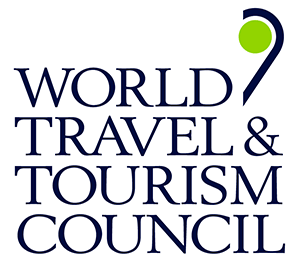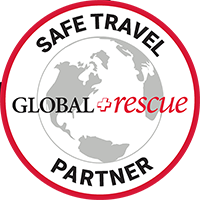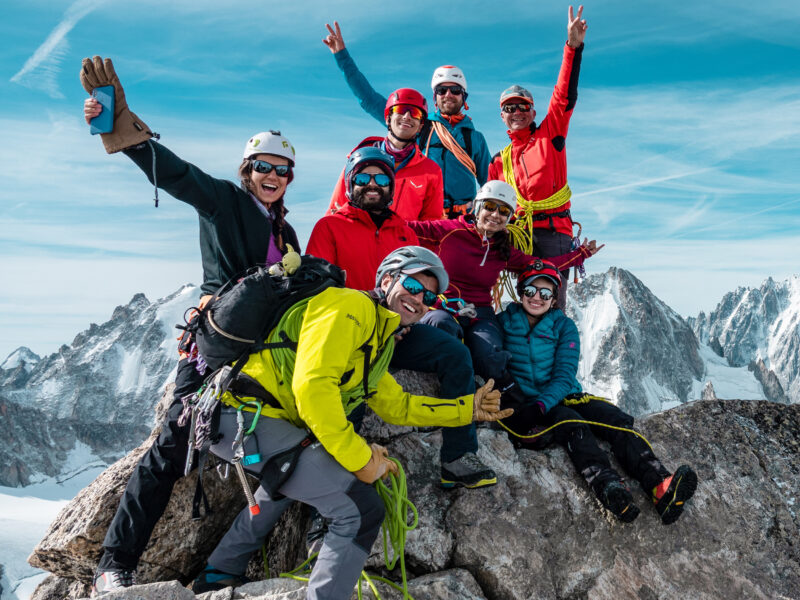BY Rami Rasamny | May 05 2025
The Ultimate Guide to Climbing Mont Blanc
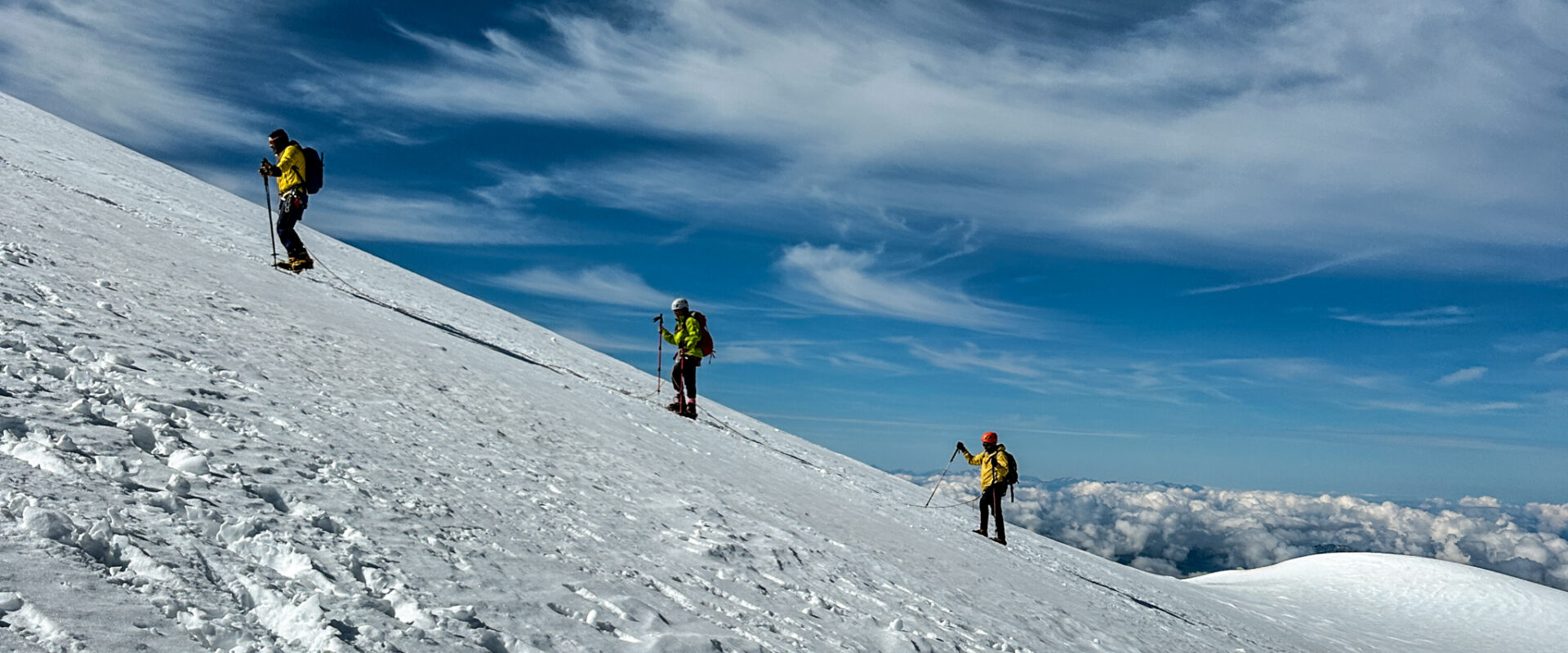
Towering at 4808 meters (15774 feet), Mont Blanc — “White Mountain” — is the highest peak in Western Europe and one of the most sought-after mountaineering objectives in the world. Straddling the border between France and Italy, this snow-covered massif dominates the skyline above the Chamonix Valley and has become a rite of passage for anyone serious about alpine adventure.
Mont Blanc rises from the heart of the Alps, overlooking the historic town of Chamonix in France’s Haute Savoie region. Formed over millions of years through tectonic uplift and glacial erosion, the mountain holds deep cultural and historical significance for Europe. Today, it is not only a geographical high point but a spiritual one for climbers across the globe.
The history of mont blanc climbing begins on August 8, 1786, when Jacques Balmat and Dr. Michel Gabriel Paccard stood on the mont blanc summit for the first time. Their achievement marked the beginning of modern alpinism. Just 22 years later, Marie Paradis, a local maidservant from Chamonix, became the first woman to complete a mont blanc climb in 1808, overcoming immense physical hardship to stand on the summit.
When to Climb Mont Blanc
The best time for climbing mont blanc is from late June through July and again in early September. These months typically offer more stable conditions, longer days, and access to the mountain huts essential for a safe ascent. Due to rockfall hazards exacerbated by melting permafrost, August is increasingly considered a dangerous month to attempt a mont blanc climb.
How Long Does It Take to Climb Mont Blanc
While some rapid ascents can be done in just a few days, a proper mont blanc climbing itinerary takes 6 to 8 days. At Life Happens Outdoors, we offer an 8 day all inclusive experience built around skill development, acclimatization, and increasing your chances of success on the mont blanc summit.
The actual summit push typically takes 2 to 3 days, depending on weather and route choice, but the days leading up to it are crucial for building the confidence, fitness, and technique needed for a safe climb.
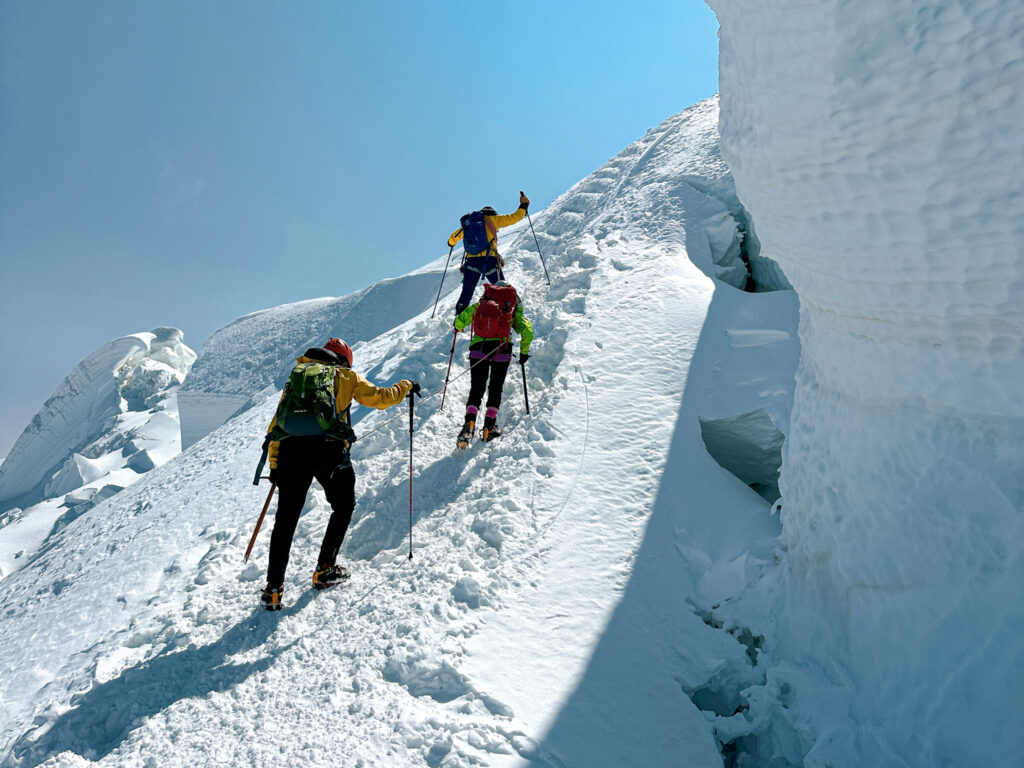
How Hard Is It to Climb Mont Blanc
Mont Blanc is often underestimated due to its popularity, but it is not a beginner’s hike. A mont blanc climb requires solid physical conditioning, the ability to move efficiently in crampons, and mental focus across exposed terrain. Altitude and objective dangers like rockfall, crevasses, and unstable weather are ever present.
The mountain should be approached with seriousness and respect. The infamous Grand Couloir, found on the most popular Gouter Route, is a reminder that the mountain does not give easy passage — even on its so-called “normal” route.
How Much Does It Cost to Climb Mont Blanc
Pricing varies depending on duration, route, and level of support. On average, climbers can expect to pay between:
- 1300 to 5000 euros
- (approximately 1100 to 4300 GBP or 1400 to 5400 USD)
At Life Happens Outdoors, we offer a comprehensive 8 day mont blanc climbing experience that includes certified guiding, all hut accommodations, safety briefings, technical training, acclimatization hikes, and full logistical support. It is not just a guided trip — it is a transformative experience that builds long term mountaineering competence.
How to Climb Mont Blanc
There are four primary routes to the mont blanc summit, each suited to different experience levels and preferences:
- Gouter Route: The most popular option for a mont blanc climb, involving an overnight stay at Tete Rousse or Gouter Hut and a technical crossing of the Grand Couloir.
- Trois Monts Route: A more exposed, technical traverse via Mont Blanc du Tacul and Mont Maudit, best for experienced alpinists.
- Italian Route (Gonella): A quieter, more committing line from the Italian side, longer and more remote but rich in reward.
- Grands Mulets Route: Favored in spring by ski mountaineers, not commonly used in summer due to crevasses.
No matter which route you choose, having a professional guide significantly increases both your safety and your chances of success. For most climbers, the experience of climbing mont blanc is not just about the route, but about how the mountain shapes you in the process.
What Do You Need to Climb Mont Blanc
Gear plays an important role, but it is your mindset that will carry you forward. Here is a basic equipment checklist:
- Mountaineering boots (crampon compatible)
- Crampons
- Ice axe
- Helmet
- Climbing harness
- Windproof, waterproof technical layers
- Warm gloves, gaiters, sunglasses, and high SPF sunscreen
- Headlamp
- Backpack with hydration system and energy snacks
More important than gear, however, is your attitude. Climbing mont blanc is never guaranteed. The summit is only one part of the journey. At Life Happens Outdoors, we believe every mountain experience should be seen as part of a greater arc — a step forward in your mountaineering growth, not a singular target. If you come with an open mind, you will leave stronger, more grounded, and better equipped for your next climb.
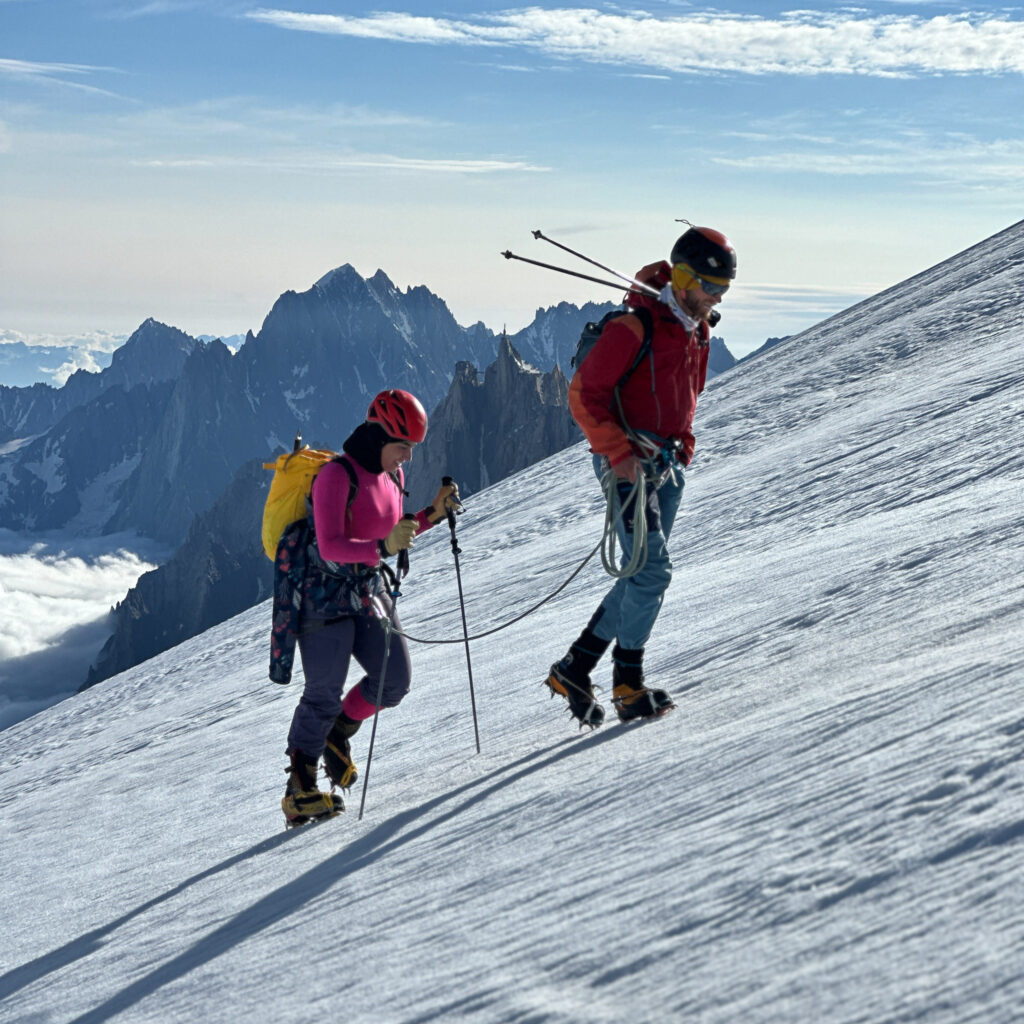
Final Thought
The mont blanc summit is not just a high point on a map. It is a moment in time that stays with you long after you have descended. Whether you reach the top or not, the mountain has something to give every climber — perspective, resilience, and a deeper understanding of yourself.
When you are ready to take that step, Life Happens Outdoors will be with you every step of the way.
About The Author
Rami Rasamny is the founder of Life Happens Outdoors, a premium adventure travel community dedicated to transforming lives through curated outdoor experiences. A mountaineer and entrepreneur, Rami has led teams on some of the world’s most challenging peaks, from the Alps to the Himalayas. His mission is to make adventure accessible, transformative, and safe for all who seek to push their limits and Come Back Different.
About Life Happens Outdoors
At Life Happens Outdoors, we believe in the power of nature to transform lives. As proud members of the Adventure Travel Trade Association (ATTA) and the World Travel & Tourism Council (WTTC), our team of certified guides and outdoor professionals is committed to the highest standards of safety, sustainability, and excellence.
Discover more about our story and mission on our Meet LHO page, or explore our curated adventures such as the Tour du Mont Blanc Trek, the Climb of Kilimanjaro, and Chasing the Northern Lights.










